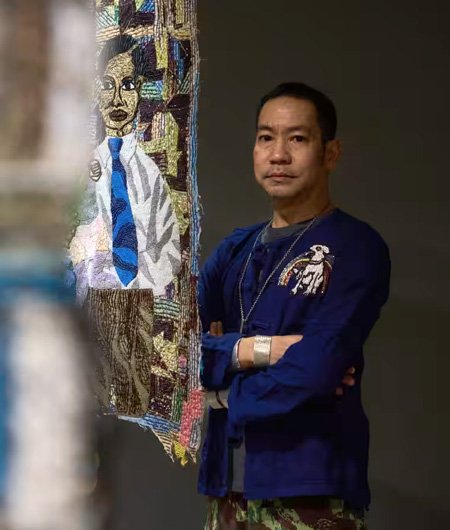Out of countless insights and anecdotes that have emerged from conversations about art over the years, one particularly sticks in my memory. After visiting World War II memorial sites, an artist friend described the profound awfulness of viewing a room full of human hair. “This,” he added, “is what art has to compete with.”
Brian Curtin explores the work of Bangkok-based artist Jakkai Siributr in this excerpt from his recent article.
Siributr is an artist who brings together many aspects of contemporary art – installation, sculpture, sociopolitical awareness, local and yet international appeal – with an emotional wallop that forces consideration of the sentiment raised by my artist friend.
I am not sure many artists would agree, involved, as they usually are, with a wide range of practices where intense experience counts as only one possible option. But the comment lingers for other reasons. Is there a place for such an aim amid the hyper-conscious, cool forms of much contemporary art, which require audiences to decode rather than feel? And if artists were to “compete” with the impact of horrific remnants from history, would they fail because of the lack of a sense of authenticity that historic sites are more likely to provide?

Above: Jakkai Siributr at 100 Tonson Foundation in Bangkok.
Recently shown in three major showcases in Bangkok and Hong Kong, including a retrospective from the last two decades, the themes that run across Jakkai’s often elaborately constructed works include the volatile politics of his home country, devastation wrought by the COVID-19 pandemic, and the collision of personal and political histories.
A potential for drama is usually tempered by poignancy because much of his art has a fragile quality. One series, “Outworn” (2023), is assembled from the uniforms of service workers who were especially affected by the pandemic and includes talismanic trinkets that signify the superstitions of hope at a time of crisis.












